Writing an essay is not difficult at all, but things get tricky when you are ending the essay. Most of us don't know how to write a conclusion for an essay. On the internet, you will find multiple instructions for creating an essay conclusion. However, most of them are not accurate enough. If you are a university student and want to write well-structured conclusions for essays, continue reading this article.
Part 1: What is a Conclusion?
A conclusion is the last paragraph of the essay that gives an overall summary of the whole topic. Mostly, writers evoke readers toward a specific action in the conclusion. Moreover, the conclusion pushes the readers to think about the outcomes of the essay topic. It is your choice to write a long or short conclusion. However, concise and clear conclusions are preferred over lengthy and unclear ones.
Part 2: Why Do You Need to Write a Conclusion in an Essay?
A conclusion is a vital part of an essay as it summarizes the main points of the essay. Viewing the conclusion allows readers to recall what they have learned in the essay. Read the following points to learn about the benefits of writing a conclusion in an essay:
1. Restate the Main Idea
The conclusion helps you recapitulate the main arguments provided in your essay. Many university teachers prefer to read the conclusion first, and after getting the main idea, they decide whether to read the essay. If you don't provide a conclusion, chances are high that they will skip your essay without reading a single sentence.
2. Reaffirm Your Essay
If you want to reaffirm your essay statement so that it remains in the reader's mind, it is good to add a conclusion. Besides that, in conclusion, you can demonstrate how the ideas presented in the essay support the essay statement. And an essay without a conclusion keeps the reader bewildered even after reading the whole essay.
3. Provide Essay Closure
The conclusion is the sign that shows the ending of the article. Those essays, which have no conclusion, look incomplete. That is why, if you want to attract readers to your essay, adding a conclusion at the end is recommended.
4. Leave a Strong Impression
Do you want to keep the central theme of your essay in the teacher's mind for a long time? It could only be done by adding an awesome conclusion at the end of the essay. Moreover, the conclusion offers the last chance that you should definitely avail to push readers toward a specific action.
Part 3: 2 Examples of Good Conclusion for An Essay
A well-structured conclusion makes the essay more effective. That is why in universities, teachers continuously give tips for writing well-crafted conclusions. Are you interested in learning how to write a conclusion in an essay? We will let you know how. But before jumping to that, let's have a look at 2 examples of a reasonable conclusion for an essay:
Example 1: “In light of the discussion above, PDFs are widely used formats for documentation, and users can modify them as per their needs. However, no device has built-in PDF modifiers, so users need assistance from third-party applications. The best PDF modifier on the web is UPDF because it can help you professionally enhance a PDF's outlook.
This article has explained that UPDF has all the leading metrics a PDF modifier should have. If you are working with this PDF modifier, you will not face a need to use another one. Everything is exceptional in this tool, from modifying the text to modifying the background in a PDF. Therefore, you can follow the steps above to modify the PDF file smoothly."
Source: How to Modify a PDF Document Easily and Painlessly
In this example, you can see how perfectly the writer has created the conclusion. Reading it, you can quickly know what the essay was about. Moreover, it is also evoking the readers towards a particular action. Apart from that, this conclusion holds the topic sentence, which is important for reminding the reader about the main argument.
Example 2: “This article has provided an in-depth overview of how a user can easily convert Word to PDF with the help of multiple functions. With all the highlighted options and methods, you can see that UPDF is one of the best editing and conversion tools available in the market for providing extensive features and options to its users”.
Source: How to Convert Word to PDF with 3 Free Ways
It is another example of an excellent conclusion because it is concise. As discussed earlier, readers prefer to read short paragraphs because they are easily comprehended. Besides, this conclusion is perfectly summarizing the main idea. Above all, it is also developing a perfect sense of essay closure among readers.
Part 4: What Should a Good Conclusion for An Essay Include?
An excellent conclusion reminds the readers about the essay's contents and importance. In addition, it also provides a big picture of the essay's main idea, which the readers can keep in mind for a long time. If you want to write a good conclusion at university, try to incorporate the following essential points in your essay conclusion:
1. Topic Sentence
A reasonable conclusion should restate the essay statement so readers can recall the main argument by viewing it. Try to use new words for writing the topic statement. Otherwise, readers will feel bored after reading the same content. However, remember that the actual meaning of the topic sentence should not change even after altering the words.
2. Your Main Points
After restating the main topic sentence, it is good to recall the essay's main points. It will refresh the actual arguments of the essay in the reader's mind. Moreover, summarizing the main points reinforces the essay statement in the reader's mind. Thus, gather all the essential ideas of your essay and impressively rewrite them.
3. A Closing Sentence
In conclusion, a closing sentence should also be present in which you can give your final thoughts. Whether you want to provide suggestions for further research or recall the significance of your topic in the closing sentence is your choice. Apart from that, you can write the closing sentence to call the readers to a particular action.
4. Appeal to Reader's Emotion
Never add that information to the conclusion you have not discussed in the essay. Instead of incorporating new information, you should add an emotional note that could provoke readers to think about the essay's main idea. Furthermore, the added note should also be strong enough to embed a long-lasting impression in the reader's mind.
Part 5: How to Write a Conclusion of An Essay?
Struggling with how to write a conclusion in an essay? Don't indulge in the hassle of paying the writers to create a conclusion because you can do that easily by yourself. Try to follow the below-given steps to write a reasonable essay conclusion:
Step 1. Reading Some Good Conclusions for Essays
Before writing a conclusion, reading examples of reasonable conclusions is recommended. On the internet, multiple examples of conclusions are present. However, you have to read those which are short, impressive, and easy to understand. Reading such conclusions will help you learn how to add the concluding paragraph's topic sentence, main points, and closing lines.
Step 2. Reread Your Essay
It is normal to forget the actual theme of the essay even if you have written it by yourself. That is why you should reread the essay before creating its final words. This will also prevent you from writing information not present in the essay.
Step 3. List Your Points and Evidence
For writing a perfect conclusion for any essay, you should prepare a list of all your essay's main points and evidence. Try to create a clear and well-organized list because unstructured lists are challenging to understand. Don't know how to create a perfect list? Instead of worrying, use UPDF, a powerful and feature-rich tool. Using it, you can easily make any list without assistance.
Step 4. Summarize Your Points and Evidence
After creating the list, thoroughly read it and decide which points are more important. Those that hold more significance should first be summarized. However, don’t change the actual meaning of the points while summarizing them. Afterward, read the summarized points and evidence to check if they match the essay's theme.
Step 5. Write the Conclusion for Your Essay
Considering all the above-given steps, finally write the conclusion for your essay. The writing style should be neither too formal nor too friendly. Once you have written down the conclusion, read it again and again. If you find that some sentences are not good enough, then rewrite them. You can also show your written conclusion to your teachers and friends to get valuable suggestions.
Part 6: Bonus Tips: How to Write an Essay Via UPDF?
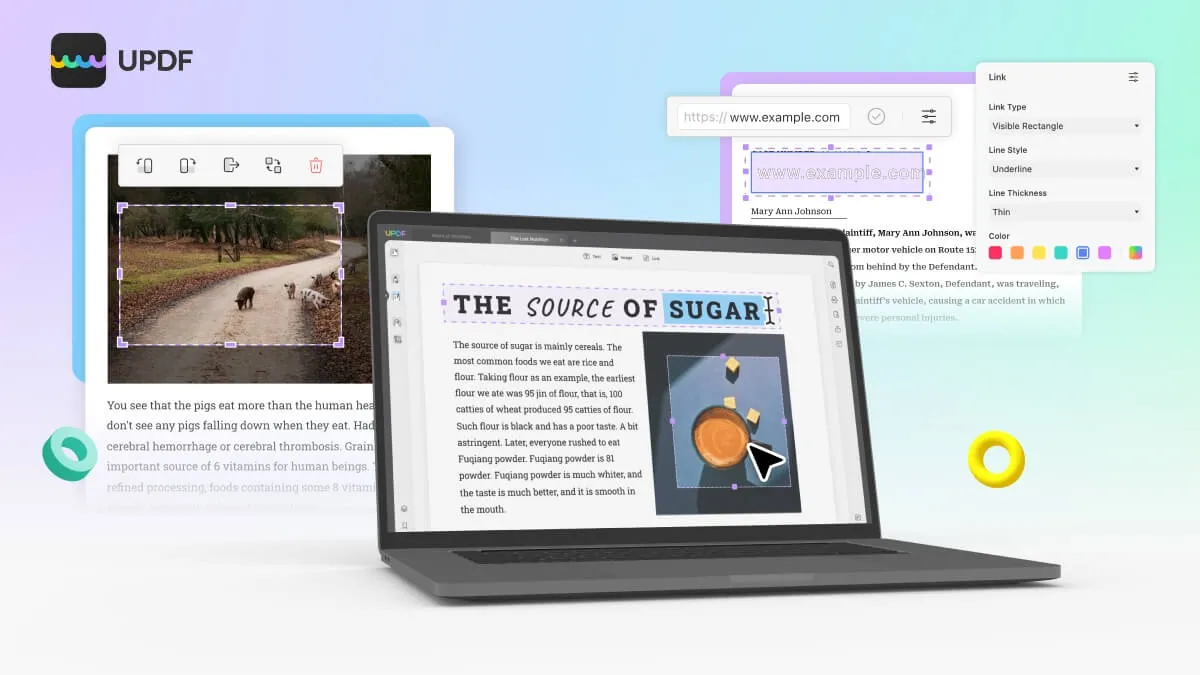
Windows • macOS • iOS • Android 100% secure
Writing an essay for university is complicated as you have to add images, links, or other elements to your essay. Moreover, some parts of the essay need to be highlighted, underlined, or in a special format. All these changes can only be made using a good writing tool. You can go for UPDF, a feature-rich tool that allows you to write impressive essays in a blink.
This software lets you easily add text, images, and links to your essay. And if you want to take notes on PDF files, UPDF can easily do it for you with stickers, sticky notes, draw, etc. Moreover, it can easily help you share PDF files with friends via a link, QR code, or email.
You can follow the below steps to write an essay via UPDF.
How to Write an Essay Via UPDF?
Now it's time to write an essay in UPDF. For that, you must first download UPDF from its official website and install it according to the installer's instructions. After doing that, follow the underneath instruction for writing an essay via UPDF:
Windows • macOS • iOS • Android 100% secure
Step 1: Open Blank PDF Page on UPDF
Launch UPDF on your device and select the "Open File" button. A new window will appear from where you have to choose the blank page on which you want to write the essay. After selecting, press the "Open" button to import it into the tool.
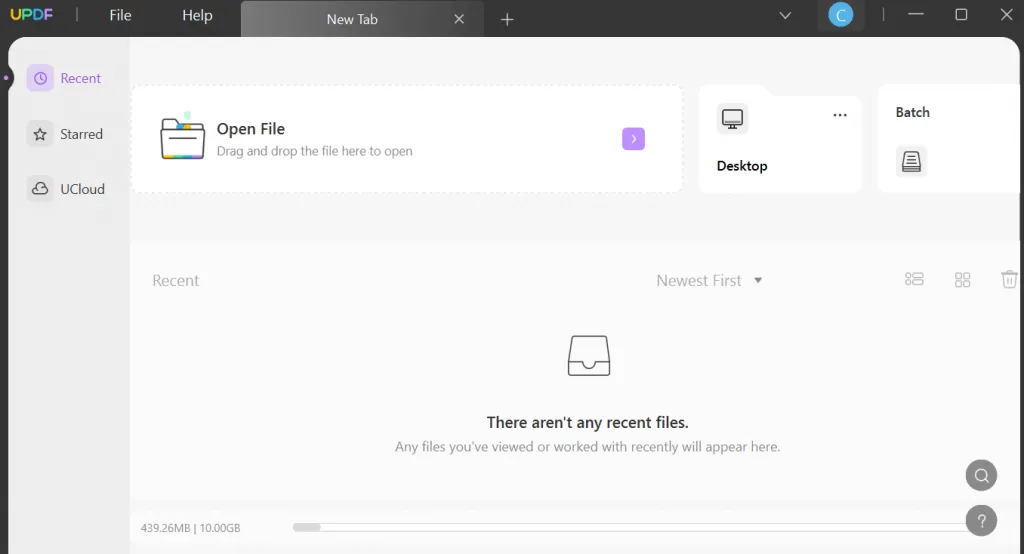
Step 2: Add Text to the Essay
Go to the "Edit PDF" icon in the left tool panel. Now, choose the "Text" option and select where to write. A purple box will appear in which you can write your essay. To change the font size, color, and alignment, use the toolbar that is present around the box.
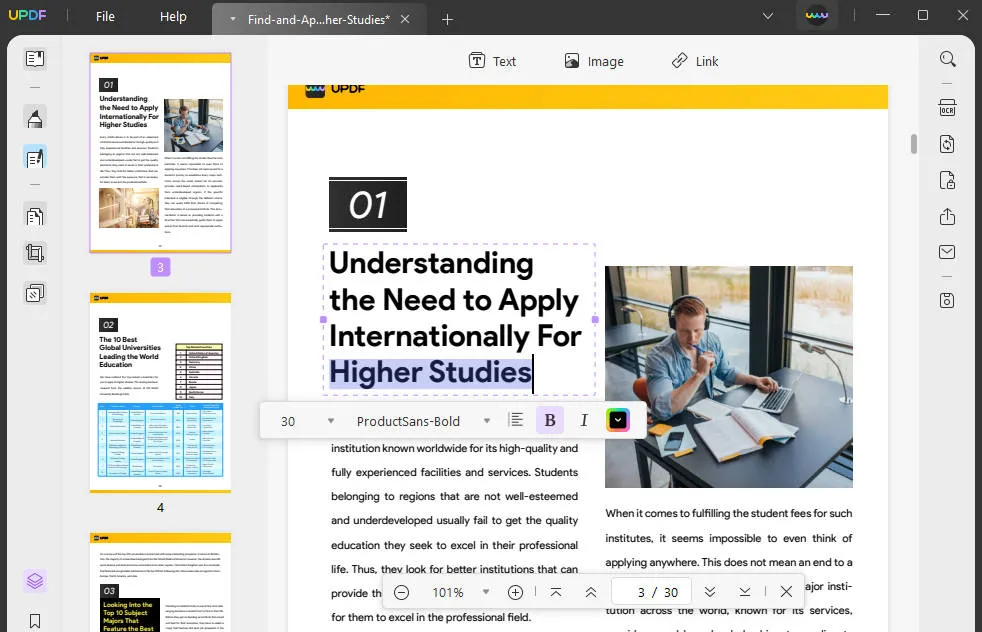
Step 3: Add Image in Essay
To add an image to the essay, select the "Image" option present at the top navigation bar. Afterward, click the preferred area and choose the picture from the new window. After adding the image, you can change its size by dragging its corners.
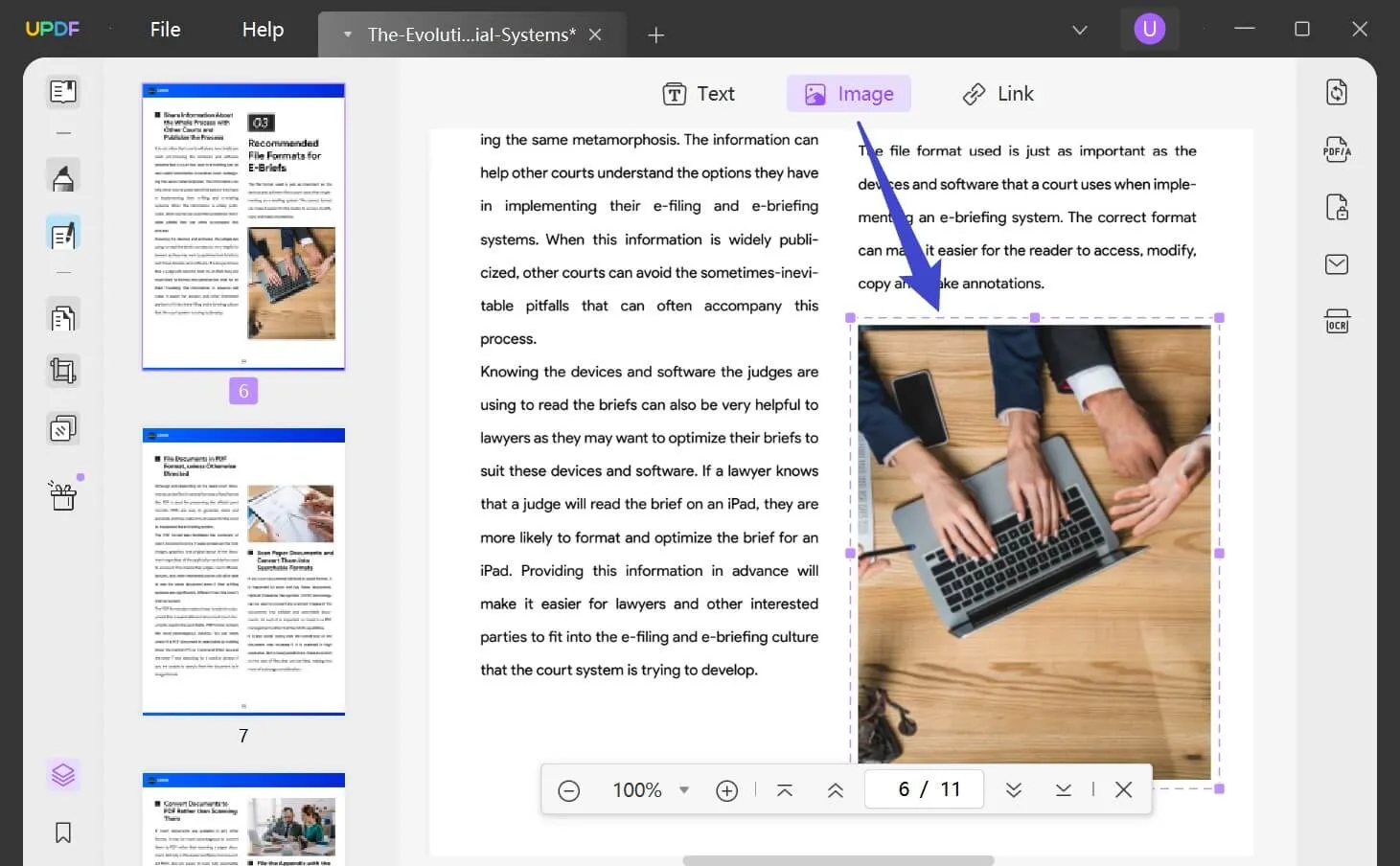
Step 4: Add Links to the Essay
Access the "Link" option and select the text on which you want to add the text. Press the "Link to Web" button and add the link. Now, tap the "Adjustment" icon to change the link type, line style, thickness, and border color.
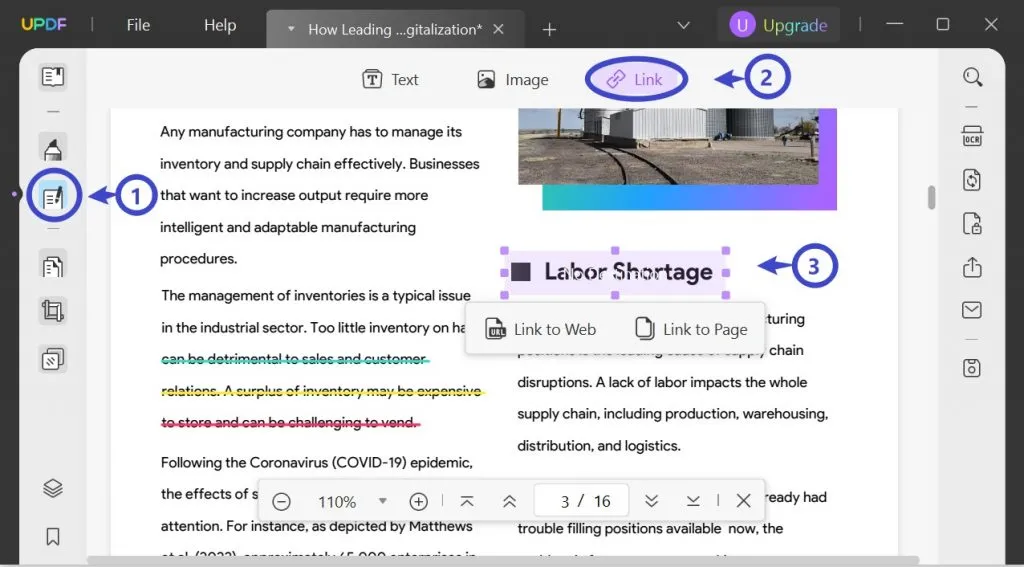
Final Words
No one prefers such essays which are deprived of strong conclusions. Due to this reason, in universities, students and teachers continuously work to create impressive conclusions from their written essays. In this article, we have tried our best to teach you how to write a conclusion for an essay. Moreover, we also have covered the steps of writing an essay via UPDF for Windows/Mac to help you write the desired essays in PDF format.
 UPDF
UPDF
 UPDF for Windows
UPDF for Windows UPDF for Mac
UPDF for Mac UPDF for iPhone/iPad
UPDF for iPhone/iPad UPDF for Android
UPDF for Android UPDF AI Online
UPDF AI Online UPDF Sign
UPDF Sign Edit PDF
Edit PDF Annotate PDF
Annotate PDF Create PDF
Create PDF PDF Form
PDF Form Edit links
Edit links Convert PDF
Convert PDF OCR
OCR PDF to Word
PDF to Word PDF to Image
PDF to Image PDF to Excel
PDF to Excel Organize PDF
Organize PDF Merge PDF
Merge PDF Split PDF
Split PDF Crop PDF
Crop PDF Rotate PDF
Rotate PDF Protect PDF
Protect PDF Sign PDF
Sign PDF Redact PDF
Redact PDF Sanitize PDF
Sanitize PDF Remove Security
Remove Security Read PDF
Read PDF UPDF Cloud
UPDF Cloud Compress PDF
Compress PDF Print PDF
Print PDF Batch Process
Batch Process About UPDF AI
About UPDF AI UPDF AI Solutions
UPDF AI Solutions AI User Guide
AI User Guide FAQ about UPDF AI
FAQ about UPDF AI Summarize PDF
Summarize PDF Translate PDF
Translate PDF Chat with PDF
Chat with PDF Chat with AI
Chat with AI Chat with image
Chat with image PDF to Mind Map
PDF to Mind Map Explain PDF
Explain PDF Scholar Research
Scholar Research Paper Search
Paper Search AI Proofreader
AI Proofreader AI Writer
AI Writer AI Homework Helper
AI Homework Helper AI Quiz Generator
AI Quiz Generator AI Math Solver
AI Math Solver PDF to Word
PDF to Word PDF to Excel
PDF to Excel PDF to PowerPoint
PDF to PowerPoint User Guide
User Guide UPDF Tricks
UPDF Tricks FAQs
FAQs UPDF Reviews
UPDF Reviews Download Center
Download Center Blog
Blog Newsroom
Newsroom Tech Spec
Tech Spec Updates
Updates UPDF vs. Adobe Acrobat
UPDF vs. Adobe Acrobat UPDF vs. Foxit
UPDF vs. Foxit UPDF vs. PDF Expert
UPDF vs. PDF Expert



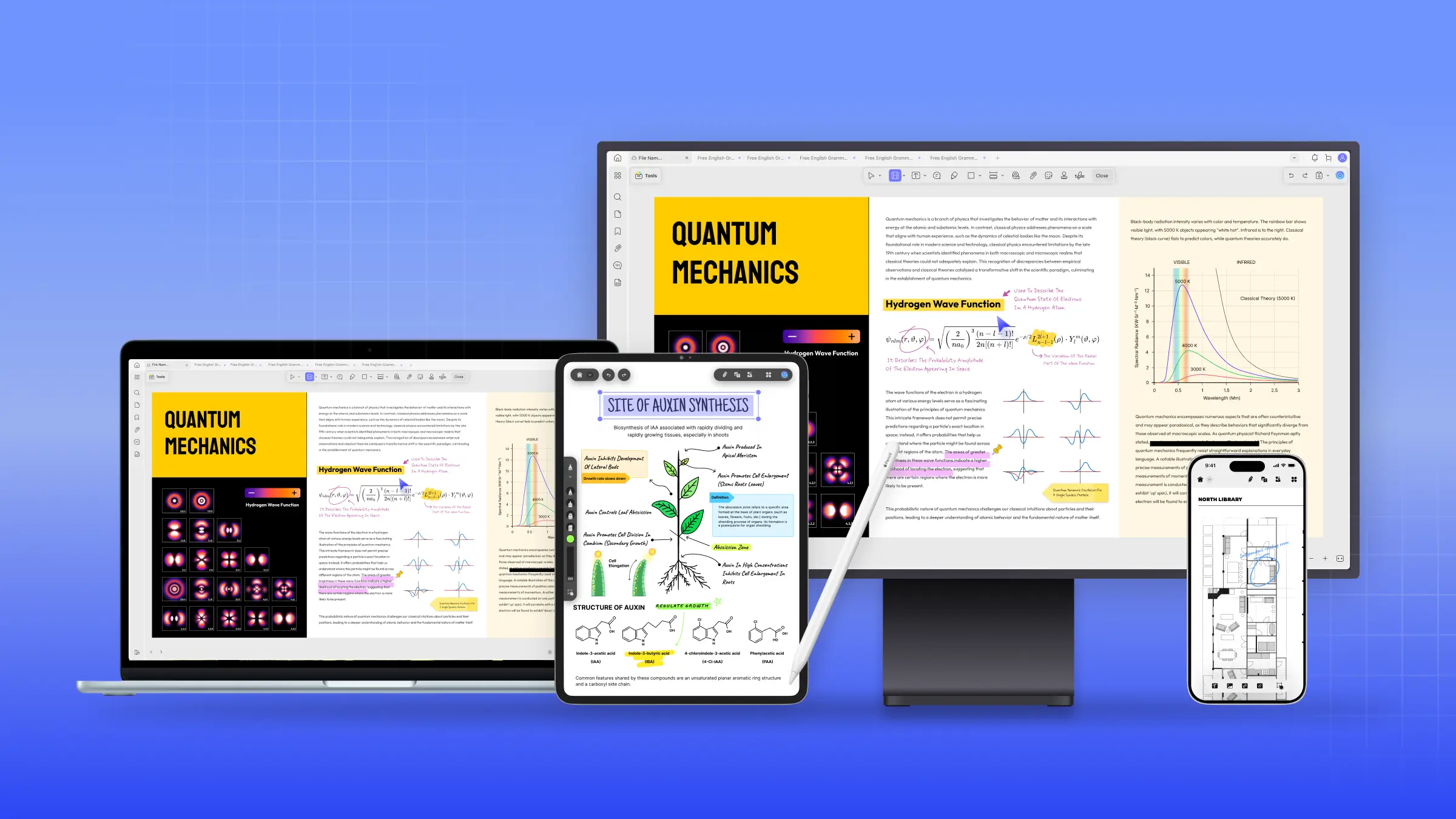



 Enrica Taylor
Enrica Taylor 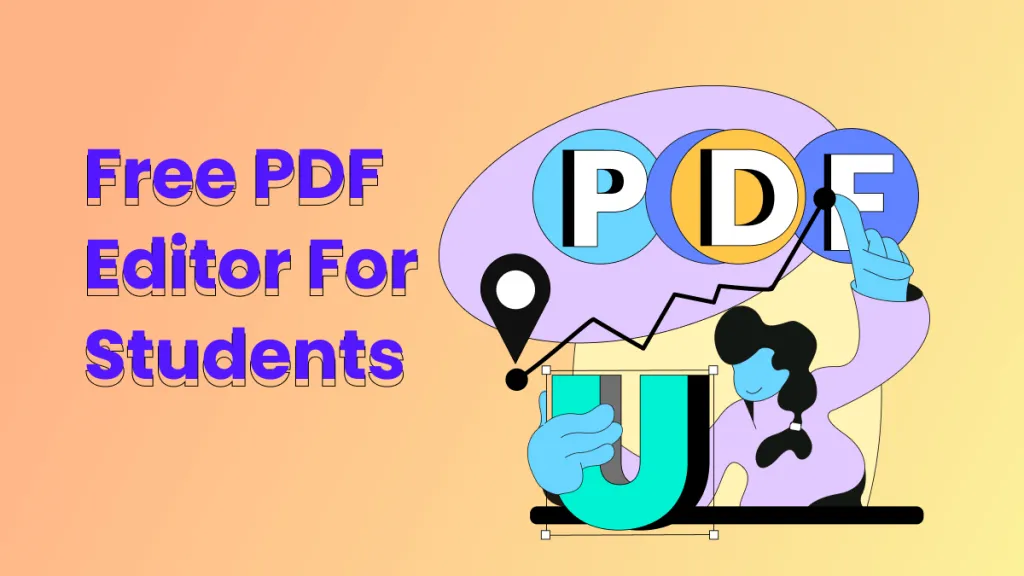
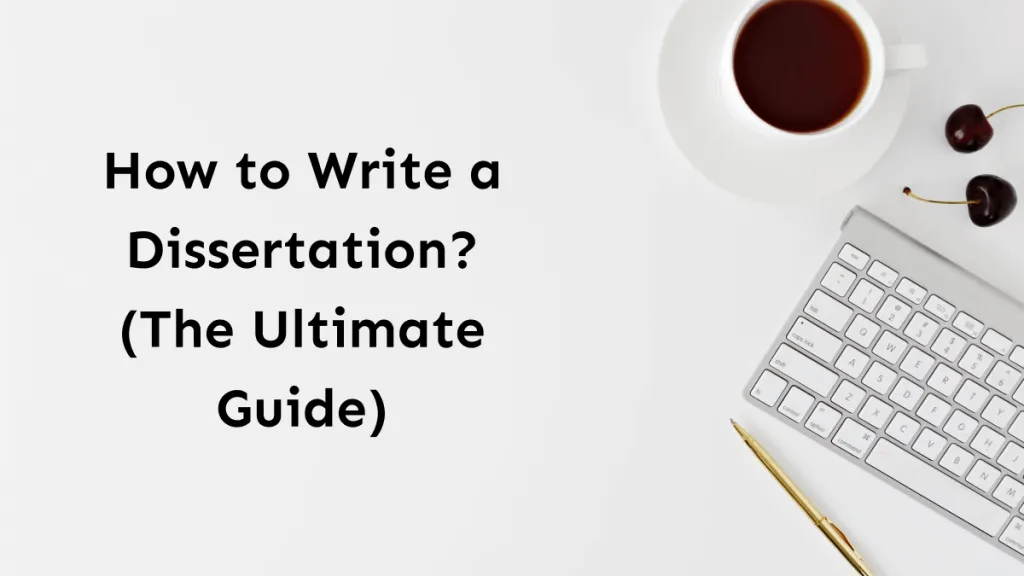
 Lizzy Lozano
Lizzy Lozano 